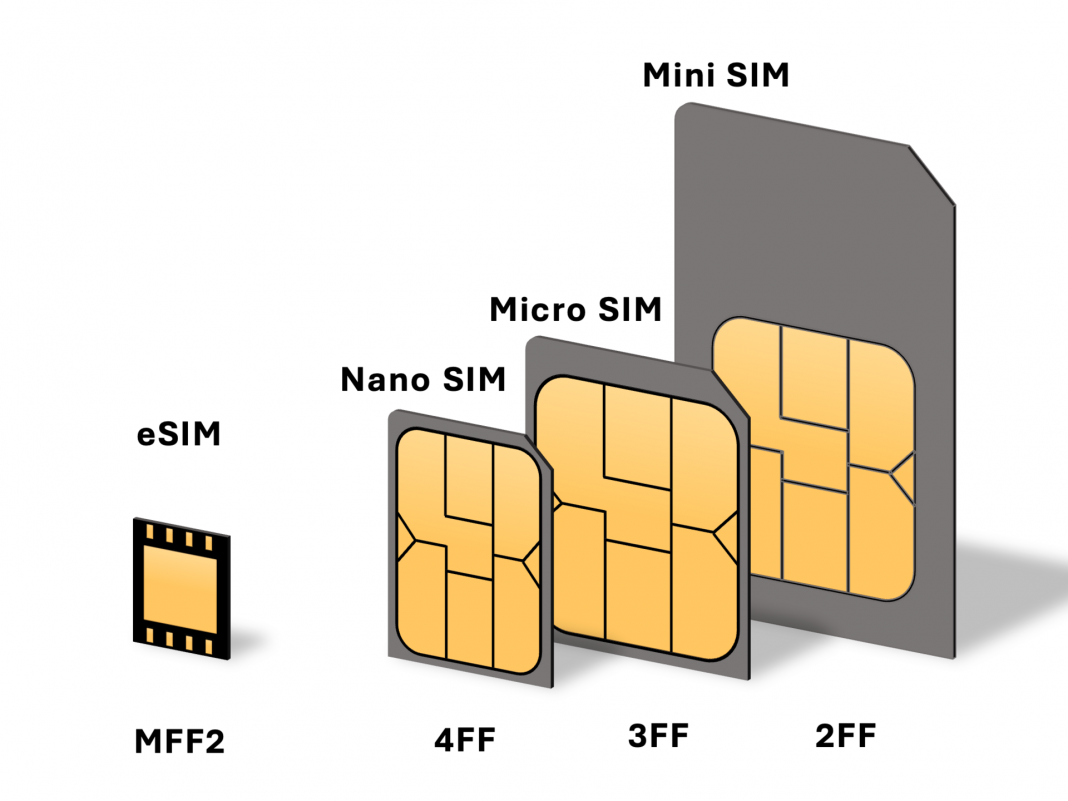With support for more phones and local telcos launching prepaid versions of eSIM, we asked frequent traveler and athlete Noelle De Guzman to talk about her experiences with these not-so-new but oh-so-unfamiliar iterations of SIM cards.
Before eSIM
As I discarded yet another tourist SIM card before flying back home to Manila, I was guilt-wracked by this waste I generate whenever I travel internationally.
Ever since I discovered it was cheaper to get a SIM card at my destination airport rather than use data roaming on my telco plan, I’ve done so, to the frustration of Singapore vendors because I end up buying more than three within six months. It’s made travel so much easier; with data access I can find my way with online maps, as well as use apps to book transport and message contacts. I have dual SIM slots – because all phones have them now, so I keep my home SIM active and able to receive OTPs while I use the other SIM for data.
But as more people discovered this convenience, lines at travel SIM card pickup points grew longer. Last year I went to get my SIM, only to be told they were out of stock. To add to this impediment, I nearly dropped my main SIM in a drain grate in Sydney while trying to load a tourist SIM I was able to procure into my smartphone. I do have to note that I purchase my smartphones factory-unlocked – tourist SIM cards won’t work otherwise!
Here’s another story. I once booked a roaming data SIM for delivery to my house so I could have data access right when I landed. That didn’t go so well; the company lost my booking and I had to panic-call the day before my flight so I could get it rushed to me – at my expense, naturally.
Enter the eSIM awesomeness
So all this time, I’d been eyeing eSIM packages listed on Klook and KKDay – these are apps where I usually pre-book my SIM cards. Unfortunately, the oldest compatible Samsung Galaxy model was the S20. I’d resisted upgrading for so long, but being eSIM-compatible is probably the major reason why I upgraded to the flagship S23.
For those unfamiliar, an eSIM is an integrated SIM card that is already embedded in your device — that is the “e” in eSIM. Think of it like a tiny hard drive or SD card that gets programmed with your telco’s information. No need for pins. No need to worry about your SIM card tray or microSD card falling into the toilet or sewer; you simply scan a QR code to activate your telco services. To know if your phone is eSIM compatible, the Settings menu on Android or iOS will have a “add eSIM” option.
For a recent trip to Bangkok I bought an eSIM, getting it instantly as a digital voucher. How unfamiliar! I was paranoid that either 1) it would not work or 2) I would inadvertently activate mobile data on my home SIM card. So I very carefully – almost obsessively – followed the instructions to add it to my phone. Afterwards, I turned Airplane Mode off and held my breath waiting for signal bars to display. Then the Whatsapp messages started coming in. I felt like such a local, rolling through the plane aisle scrolling through my phone instead of waiting to connect to airport WiFi like a tourist. In fact, it went so smoothly that I can only complain that I have nothing to complain about.

The best setup for me is a physical home SIM and an eSIM for travel but different devices allow for a myriad of combinations. All modern iPhones, high end Samsung, Huawei and Xiaomi devices are eSIM compatible – but the best way to make sure is to consult the literature before buying.
While my experience with eSIM is limited to Asia, it’s emboldened me to look at using eSIM for a trip to Europe with my mom next year. I’ve been getting hit by ads for Airalo, one of the largest global eSIM providers with over 5 million users since 2019. I’m still shopping around, but I’ve definitely said goodbye to waste and physical SIM cards. Hello, eSIM. It’s good to know you.



